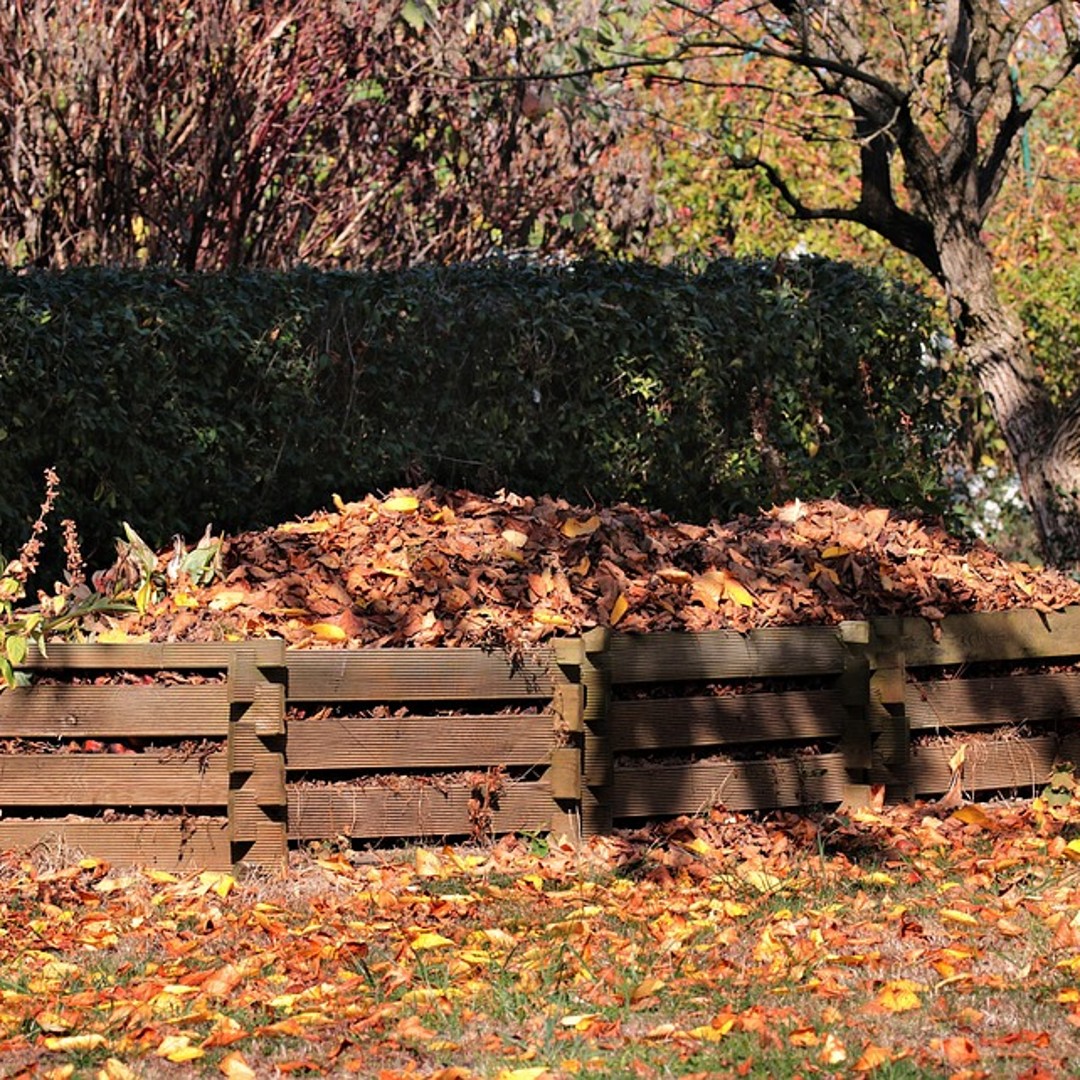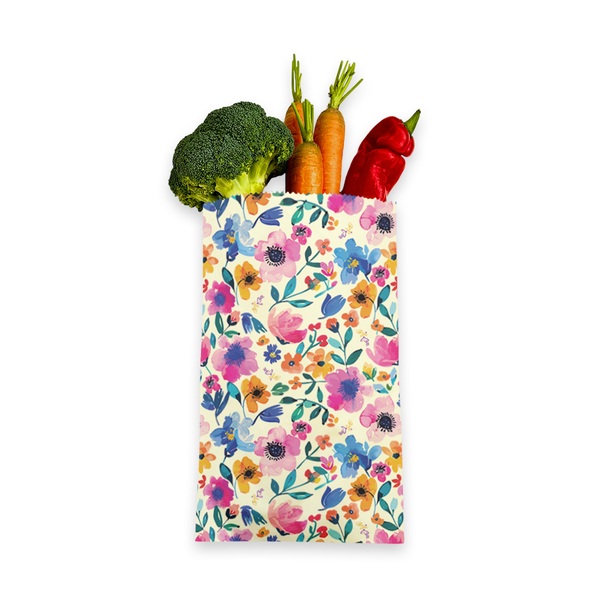
Autumn compost: What to add and what to leave until spring
Autumn is the perfect time to prepare compost that will enrich your soil for the next growing season. The garden offers plenty of materials such as fallen leaves, fruit and vegetable peels, and plant waste. By selecting and processing these materials correctly, you can create high-quality compost that promotes healthy plant growth. In this article, we’ll look at what to add to your autumn compost, what to avoid, and how to efficiently process leaves and other organic materials.
What to Add to Autumn Compost
A balanced compost helps organic matter decompose efficiently. Ideally, you should combine carbon-rich (dry, brown) and nitrogen-rich (wet, green) materials in a ratio of roughly 3:1. Here’s a list of suitable ingredients:
- Fallen leaves Leaves are one of the main carbon sources in autumn. Leaves from fruit trees, maples, or oaks are ideal. Before adding them, chop them up (e.g., with a lawnmower) to speed up decomposition. Walnut leaves should be used sparingly, as they contain compounds that slow down the process.
- Plant waste Garden leftovers such as wilted flowers, vegetable stalks, seed-free weeds, or grass clippings are a great nitrogen source. Make sure plants are not diseased or pest-infested before composting.
- Kitchen scraps Fruit and vegetable peels (e.g., potatoes, carrots, apples) are rich in nitrogen and moisture. Coffee grounds, crushed eggshells, and plastic-free tea bags are also excellent additions. These materials add valuable nutrients to your compost.
- Wood ash Ash from wood fires (fireplaces or stoves) can be added in small amounts, as it contains calcium and minerals. Use sparingly to avoid raising the compost’s pH too much.
- Herbivore manure Manure from cows, horses, rabbits, or goats is an excellent additive that accelerates decomposition and enriches compost with nutrients.
What Not to Add to Autumn Compost
Not everything from your garden or kitchen belongs in compost. Some materials may cause odors, attract pests, or slow decomposition. Here’s what to avoid:
- Diseased plants Plants infected with fungal diseases (e.g., mildew, mold) or pests should not go into compost, as pathogens can survive and reinfect your garden.
- Weeds with seeds Seeded weeds may germinate in compost. It’s better to burn or dispose of them elsewhere.
- Meat, dairy, and oils These attract rodents and produce bad smells. Do not add meat, fish, cheese scraps, or used oil.
- Chemically treated materials Grass treated with herbicides or chemically treated wood can contaminate your compost and harm future plants.
- Plastics and synthetic materials Even small plastic pieces (e.g., from tea bags) or synthetic fabrics do not decompose and should be avoided.
Tips for Processing Leaves and Plant Waste
- Shred the leaves Whole leaves break down slowly. Use a lawnmower or shredder to cut them into smaller pieces. This speeds up decomposition and prevents dense, air-blocking layers.
- Layer materials Alternate layers of brown (leaves) and green (kitchen waste, grass, manure) materials to ensure good airflow and even breakdown.
- Add water Autumn compost may dry out due to the leaves. Keep it moist but not soggy – it should feel like a wrung-out sponge. Occasionally sprinkle with water if needed.
- Aerate regularly Every few weeks, mix the compost with a fork to provide oxygen, which is crucial for decomposition. Well-aerated compost won’t smell bad.
- Insulate for winter In cold months, decomposition slows down. Cover compost with leaves, straw, or a tarp to retain heat and prevent excess moisture.
What to Save for Spring
- Thick branches and woody stems These decompose slowly. Save them for spring when you can chop and add them to a more mature compost.
- Large amounts of leaves If you have too many leaves, store some in bags for later use. Moist leaves may start to mold, which can benefit spring compost.
- Citrus peels Citrus peels contain substances that slow decomposition. Add them gradually in spring to maintain compost balance.
Conclusion
Autumn composting is an excellent way to reuse natural materials from your garden and kitchen. By choosing the right ingredients, layering them properly, and maintaining your compost regularly, you can create nutrient-rich soil that supports healthy plant growth. Remember to balance carbon and nitrogen materials, avoid problematic waste, and mix your compost occasionally. With a bit of care, you’ll have rich, ready-to-use compost by spring that your garden will love.

Beeswax bag - L, Bloom, 1 pc
the second FREE

Beeswax bag - XL, Bloom, 1 pc
the second FREE

Beeswax wraps - Multipack XL/M/M/S - Bloom
the second FREE


